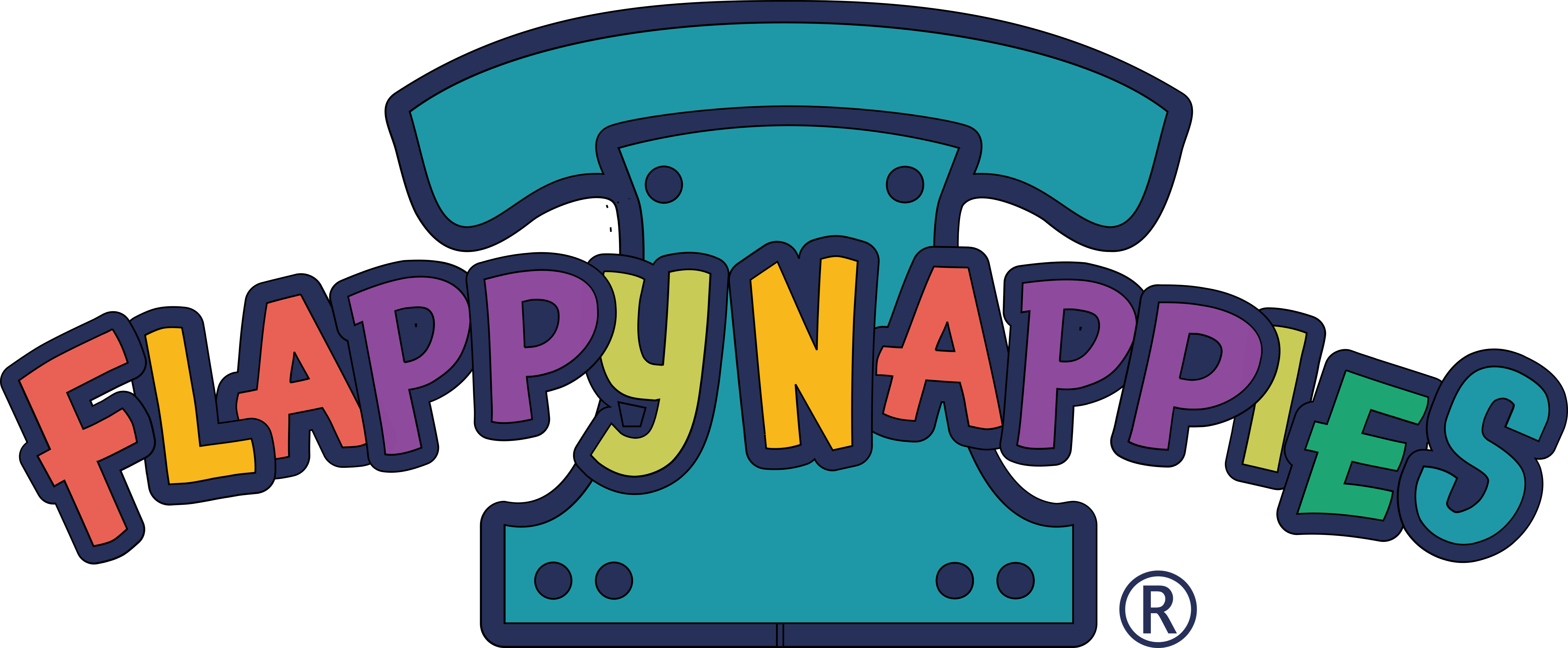
We're restocking our wool!
New colors and bigger sizes are coming this fall! Newsletter subscribers can SAVE up to 25% during the presale.
Click to sign up
Get Exclusive Deals
